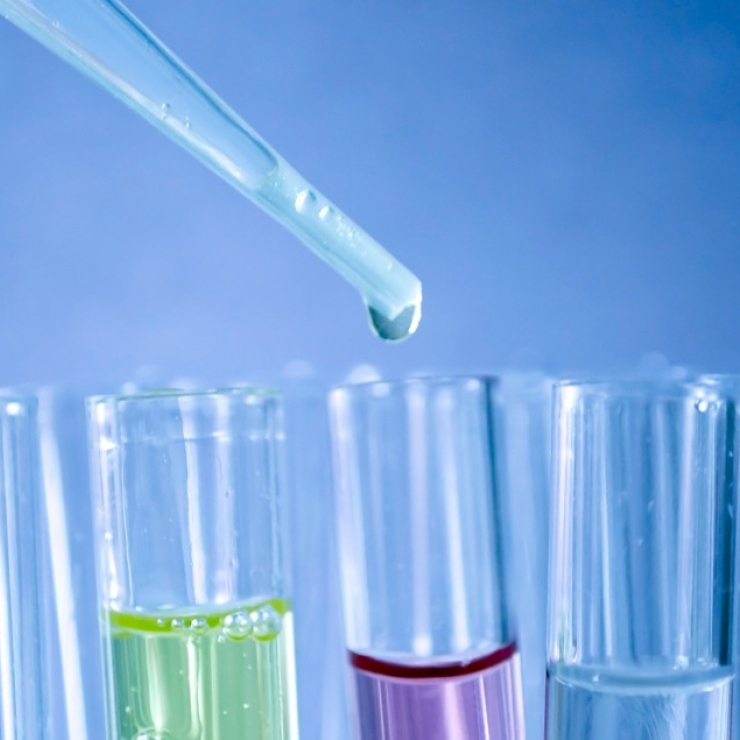Chemical analysis
Together with our partners we can offer the best solutions for quality and quantity analysis from one of the most popular chemical analysis methods: chromotgraphy and mass spectrometry. Gas and liquid chromotgraphy method works very well for quantity, analytes of known composition. For complex and unknown composition sample analysis we are offering gas spectrometry - mass spectrometry and liquid chromotography - mass spectrometry solutions. This method combination results in spectrical information about every composition detail in quantity based system. Gas chromatography - mass spectrometry (GC-MS) is used for volatile, thermally stable compounds analysis. On the other hand, liquid chromothraphy - mass spectrometry (LC-MS) is used for lower volatility compounds, which volatility cannot be increased even by derivatization.
Methods
Gas chromatography (GC)
Liquid chromatography (HPLC)
Gas chromatography - Mass spectroscopy (GC-MS)
Liquid chromatography - Mass spectroscopy (LC-MS)
 office@lokmis.lt
office@lokmis.lt
_(2)_(1)_(1).svg) +370 5 21 51 895
+370 5 21 51 895


